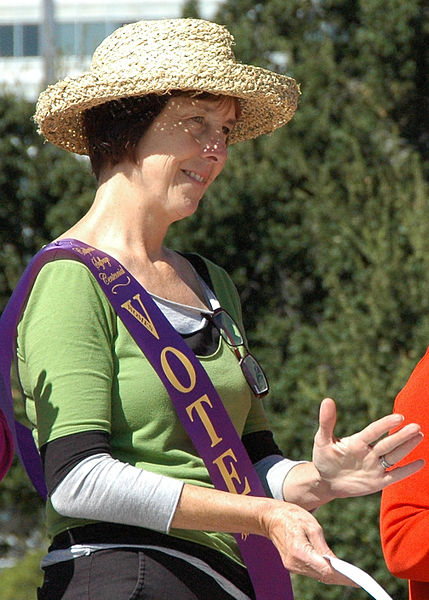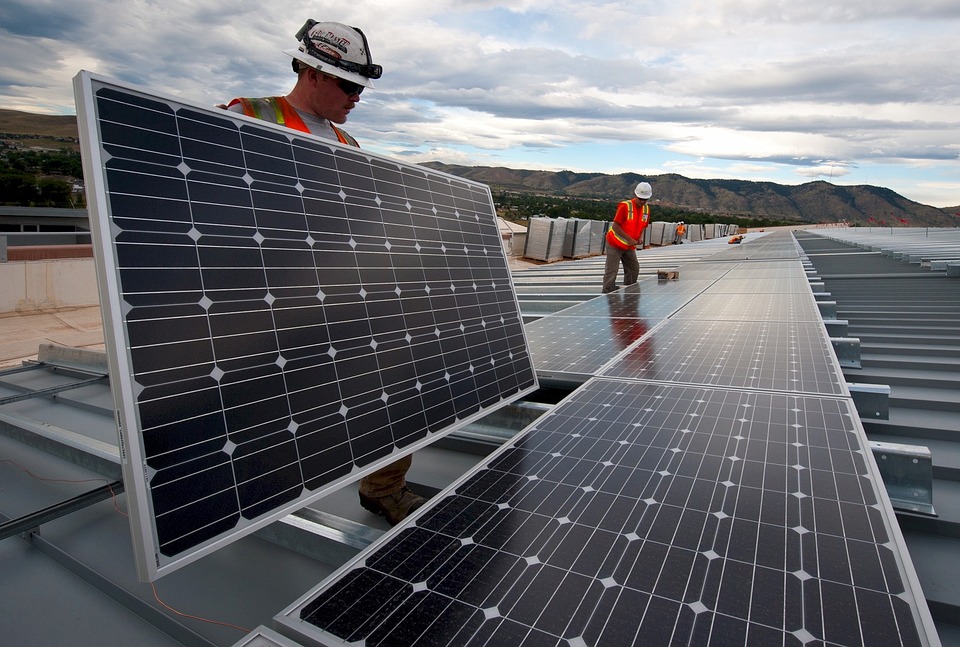
Eco homes are a means of finding our way back to a healthy relationship with the natural world. We’re realizing that creating balance with our environment is better than dominating it.
There are so many advantages to modern life, but embracing them with awareness and responsibility is essential.
Prioritizing sustainability in building a home or vacation spot yields inspiring, and often stunningly beautiful, results. Here are 5 eco-friendly homes we absolutely love.
1. La Jolla Home – Indoors Meet Outdoors
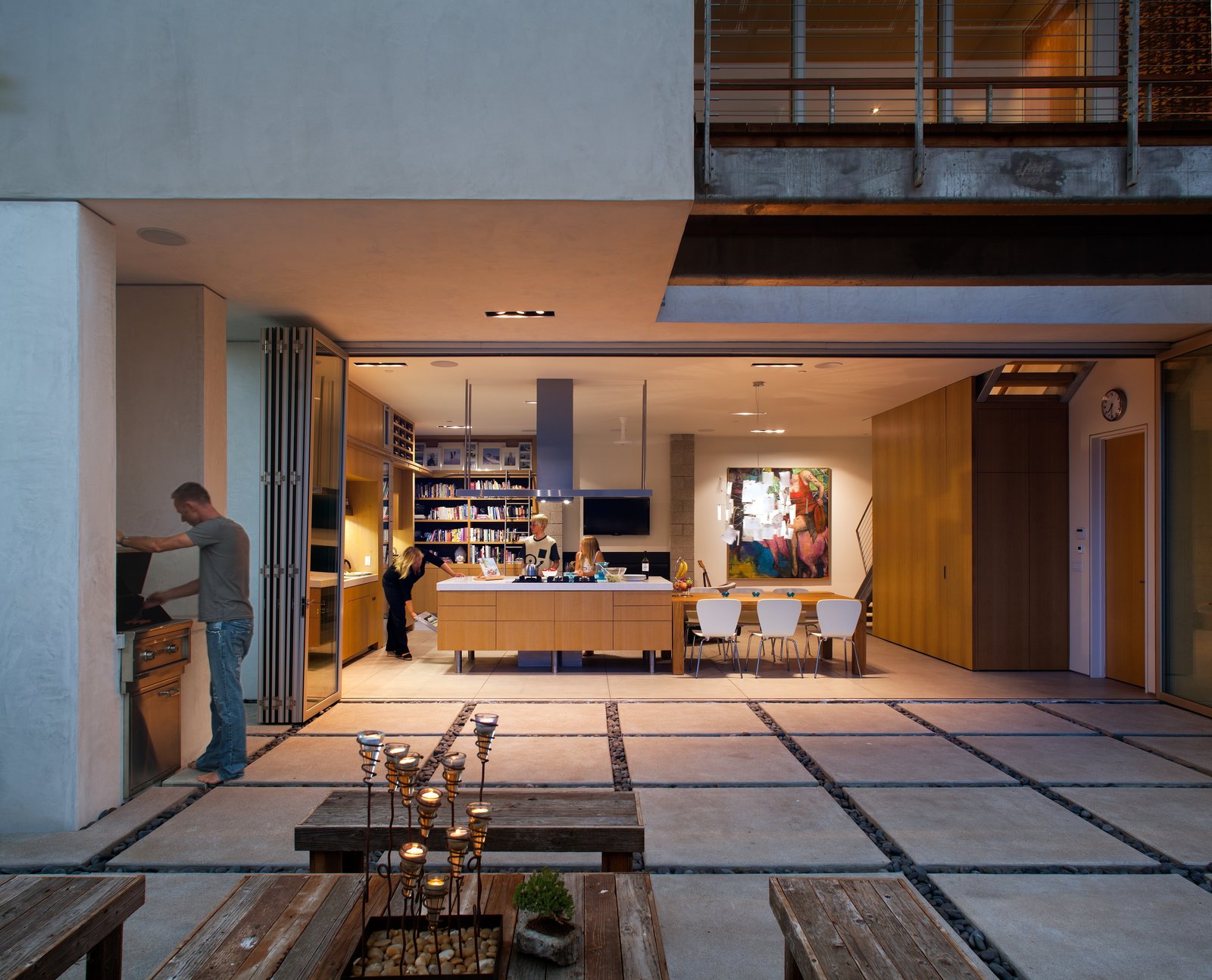
Photo by Brady Architectural Photography
This elegantly designed California home is full of natural light framed by reclaimed building products. The family who built it recycled materials from the demolition of the 1927 house that stood before.
Using local wood and other eco-friendly materials, the structure is entirely sustainable. Complete with concrete floors, airy windows, and solar panels, it’s a house with minimal heating and cooling needs.
Read more about the home and the family who dreamed it up at Dwell Magazine.
2. An Eco-Conscious Island Home
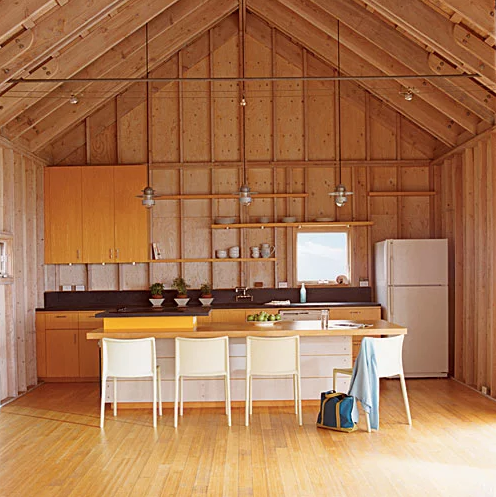
Photo by Jeff Mcnamara
When architect Fred Stelle set out to make a getaway home on Fire Island in New York, he knew he was in for a challenge. Importing to an island is always tricky, particularly to a small island with narrow dirt roads.
But with some thoughtful planning and smart material selection, Fred and his wife were able to add to the list of resilient and stunning eco homes.
They used bamboo for the floors and cedar for the frame and interior siding, both of which have long lifespans.
Bamboo is a favorite wood of sustainable builders, as it grows back in seven short years (as opposed to 40 or 50 years for most wood). Cedar is particularly durable and was selected to withstand the harsh climate fluctuations of seaside living.
3. Eco Cabin on Stilts in Washington State
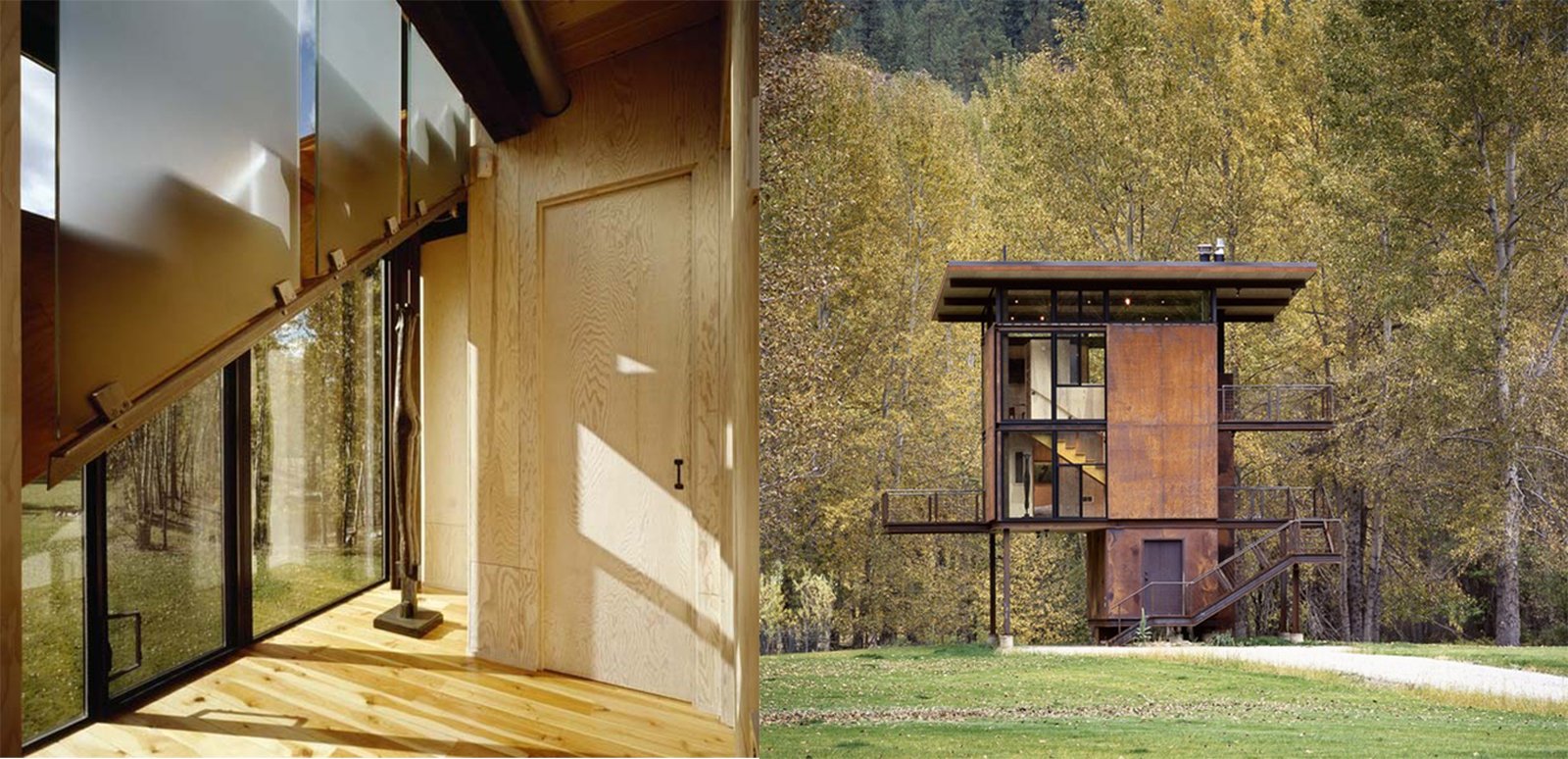
Photo by Olson Kundig Architects
Delta Shelter was constructed mostly off-site with a minimal footprint on the surrounding area. This eco cabin is elevated from the elements and allows light in to warm it naturally. Steel rollback shutters also block out the sun to keep it cool in the summer.
In fact, there’s no air conditioning. The old-fashioned heating and cooling system utilizes solar warmth and skips electricity altogether.
Learn more about the minimal eco getaway here.
4. Geothermal and Solar Home in New Jersey
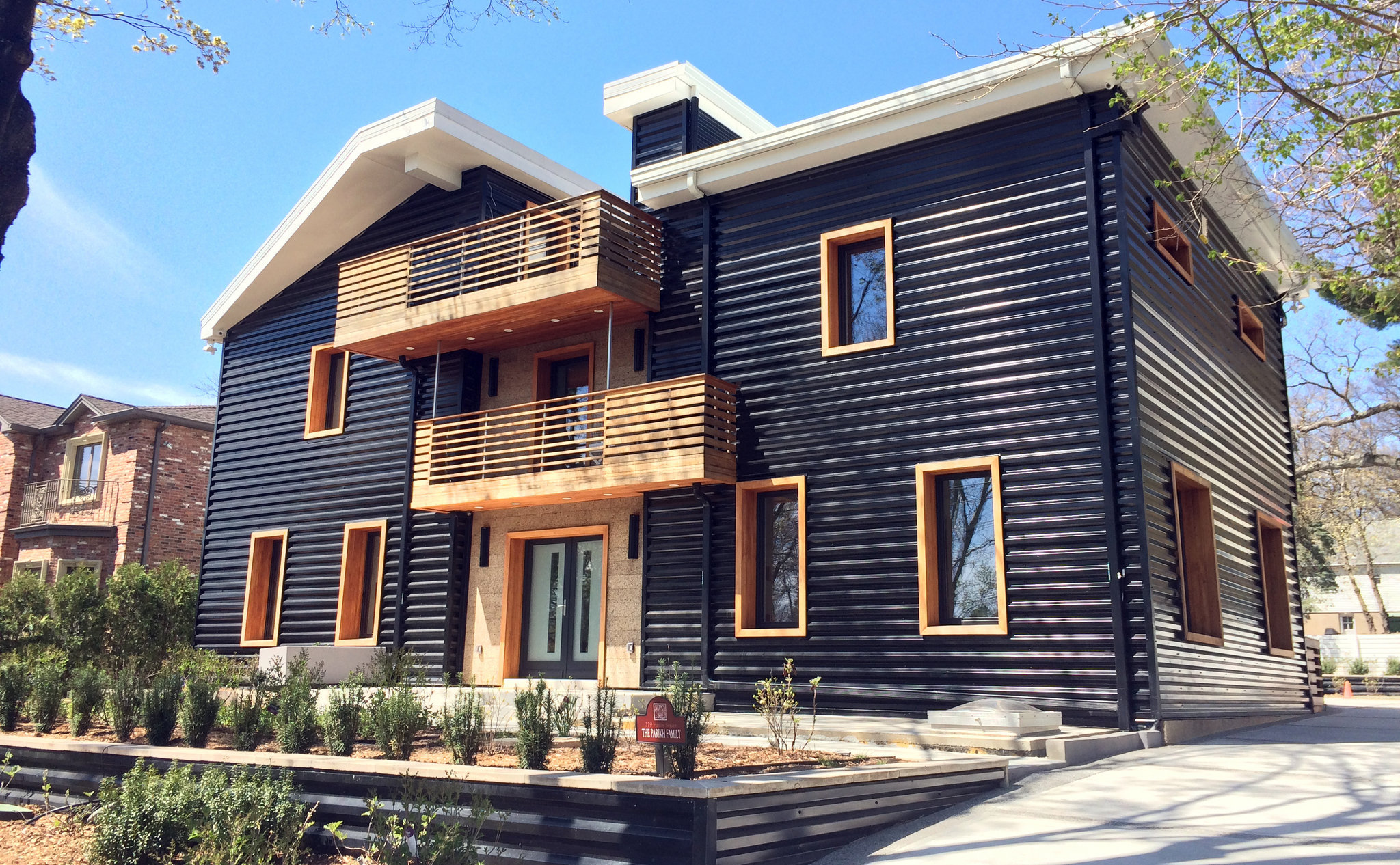
This house of the future’s most famous feature is the geothermal and solar heating system beneath the driveway and sidewalk. It made news when winter storms dumped heavy snow on the Northeast in 2016.
While their neighbors dug themselves out, Asit Parikh and his family watched the white stuff melt from the comfort of their home.
This handy winter maintenance trick isn’t the only boast-worthy feature. The same geothermal and solar system also warms the floors of the house in the winter and the ceiling in the summer months.
The stove and water heater are also solar powered, and the house even captures rainwater, which is stored in tanks and heated for family use.
Go to CBS New York to learn more about the house and see a video.
5. Eco-Friendly in Lexington Massachusetts
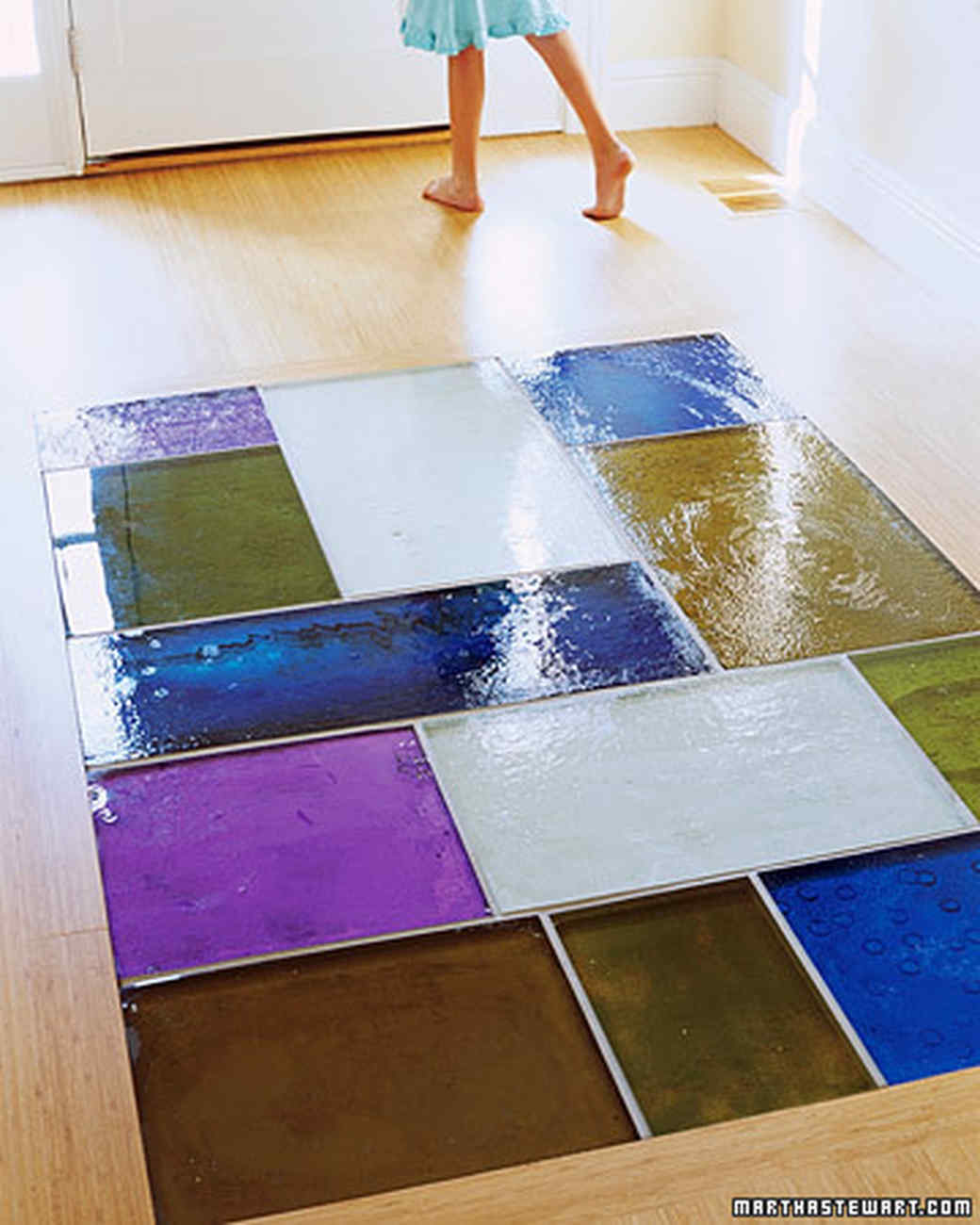
This family home in a Boston suburb takes eco-friendly to a whole new level. Using recycled glass tile, bamboo, and wheatboard instead of solid wood, they sourced materials with minimal ecological impact.
But the family’s level of dedication to a clean home shines even more with the addition of toxin-free window coverings and furniture. From beds to bedding to couch cushions, the home is accented with organic and formaldehyde-free materials. They see it as a cleaner environment for the family and less of an ecological impact in the future.
What are some of your favorite sustainable homes or building materials? Let us know in the comments below!


